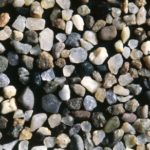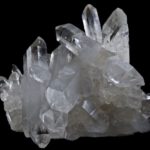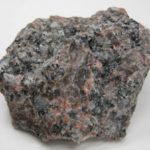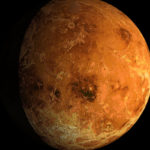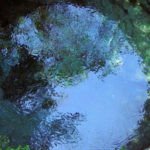12 interesting facts about diamonds
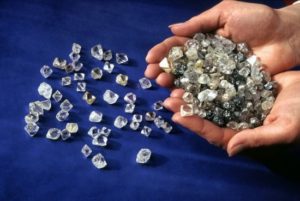 Not only the jewelry industry needs diamonds. Of course, this mineral is appreciated for its beauty and rarity, but its hardness is no less important. That is why diamonds are so in demand in many other manufacturing areas, although their artificial counterparts help reduce the shortage of these most valuable stones.
Not only the jewelry industry needs diamonds. Of course, this mineral is appreciated for its beauty and rarity, but its hardness is no less important. That is why diamonds are so in demand in many other manufacturing areas, although their artificial counterparts help reduce the shortage of these most valuable stones.
They are not only transparent, but also colored. The rarest, and therefore the most expensive, are blue diamonds. They are formed only in very rare conditions, at a depth of hundreds of kilometers, but sometimes the earth’s crust pushes them closer to the surface. About 0.02% of all diamonds mined are blue.
Synthetic or artificial diamonds are almost inferior to natural ones in their characteristics. Only an experienced expert with special equipment can distinguish one stone from another.
On some planets in other star systems, it rains from diamonds. In our own solar system, such a phenomenon can be observed on Jupiter and Saturn.
A faceted diamond is called a diamond. Faceted stones are much more expensive, not only because it is a laborious process, but also because in the process of cutting they can lose up to half the weight.
The largest transparent diamond in the world is called the Star of Africa. Its weight reaches 530 carats.
Both diamonds and coal are carbon, and therefore they are almost identical in composition. But they form under different conditions, so diamonds are so rare.
Eight out of ten diamonds mined from the bowels of the earth are used in industry. Jewelers get the other two.
Most diamonds in the world are mined in Africa, mainly in South Africa.
If you put the diamond in a vacuum, it will begin to slowly turn into graphite, but this process can take millions of years.
Apparently, diamonds can exist forever, as their life span is unlimited.
They are the hardest of all known to mankind minerals.
Despite its hardness, a diamond can be split like glass or crystal.


